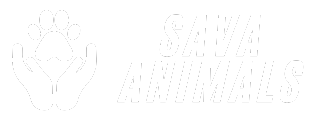Every time I see one of those giant dogs — like an English Mastiff or a Great Dane — I can’t help but think: “Wow, imagine running into one of these in a battlefield back in the day?” That thought alone made me want to dig a little deeper into the history behind these gentle giants.
The truth is, large dogs played a major role throughout human history, especially during times when survival depended on strength, courage, and — let’s be honest — a good dose of intimidation.
So today, I want to share with you what I found out about why big dogs were so valuable in hunting and war.
Spoiler alert: it wasn’t just because they looked scary!
Size and Strength: The First Line of Defense
Let’s rewind a few centuries — think medieval times, the Roman Empire, and even ancient civilizations like Mesopotamia.
The world was a much more dangerous place. Wild animals, armed enemies, and constant threats were just part of daily life.
Having a large dog meant having a living, breathing line of protection. These dogs were strong enough to knock down armed men, fight off wild beasts, and guard entire territories.
And it wasn’t just about brute strength. Many of these dogs were also trained to be fearless, to take hits and keep charging forward without hesitation.
They were basically the “special forces” of the canine world.
War Dogs: Bravery on the Battlefield
Did you know that during the Roman Empire, soldiers actually took dogs into battle? Some dogs wore leather or metal armor and were trained to attack enemy horses and soldiers.
Breeds like the English Mastiff and the Roman Molossus (an ancestor of many modern breeds) were commonly used in military campaigns.
These dogs would charge into enemy lines, clearing the way for human soldiers to advance.
For me, just imagining armored dogs marching alongside warriors is goosebump-inducing. They were practically a canine elite force!
Hunting Companions: A Partnership for the Ages
Beyond the battlefield, large dogs also made their mark in big game hunting, helping humans track and take down animals like wild boars, deer, and even bears.
Think about it: hunting a wild boar — which is fierce, fast, and can be deadly — is no small task.
You’d need a dog that’s not just strong, but fearless and agile, with the stamina to keep up in rough terrain.
That’s where breeds like the Great Dane, Boerboel, and Irish Wolfhound came in.
These dogs were bred not only for their size but also for their intelligence, loyalty, and ability to work alongside humans in high-stress situations.
Guardians Then, Gentle Giants Now
What’s fascinating to me is how these dogs evolved over time. From fierce protectors in war and hunting, they slowly became loyal family companions.
Of course, they still have that imposing presence — no one’s jumping your fence with a 90 kg dog at the gate — but their hearts? Pure gold.
I know people who live with Mastiffs and Danes today, and they’ll tell you: these dogs are big teddy bears.
They love belly rubs, cuddles on the couch (even if they don’t fit), and being close to their humans.
So, why were large dogs used in hunting and war? Because they were brave, strong, and incredibly loyal.
They helped protect people, feed families, and even lead armies to victory.
And today? They’re still protecting us — just in a different way. They guard our homes, comfort our kids, and fill our lives with love.
If you ask me, their legacy is one of the coolest parts of canine history. And now, every time I see a giant dog, I don’t just see the size — I see centuries of courage walking by my side. 🐾⚔️🦴

